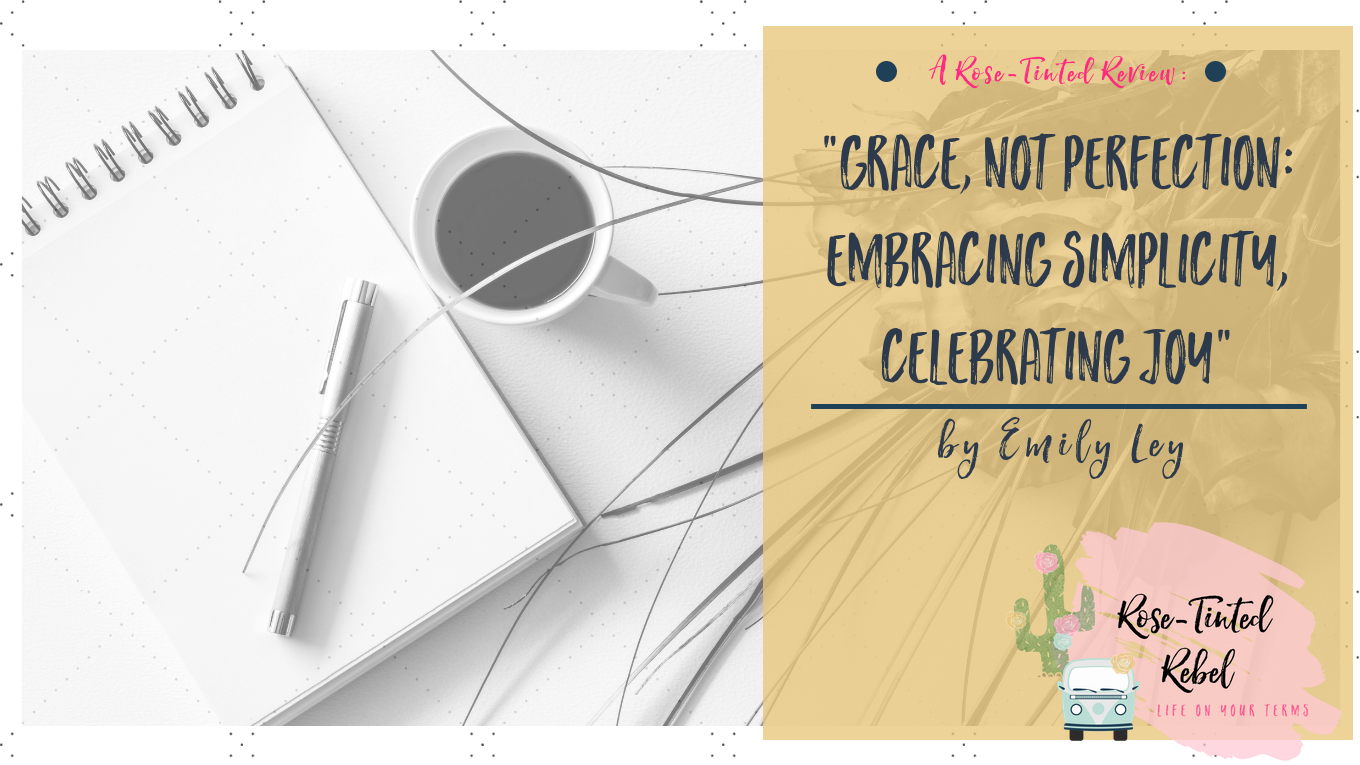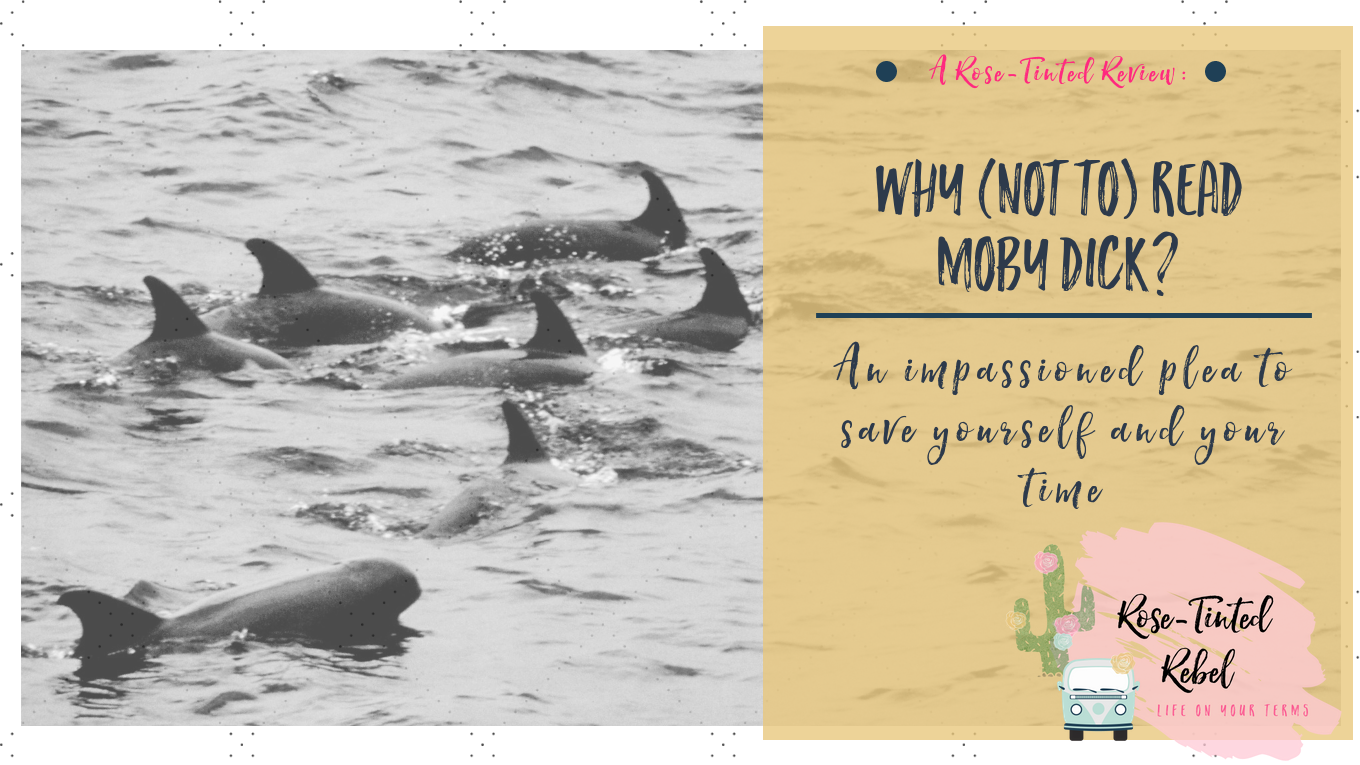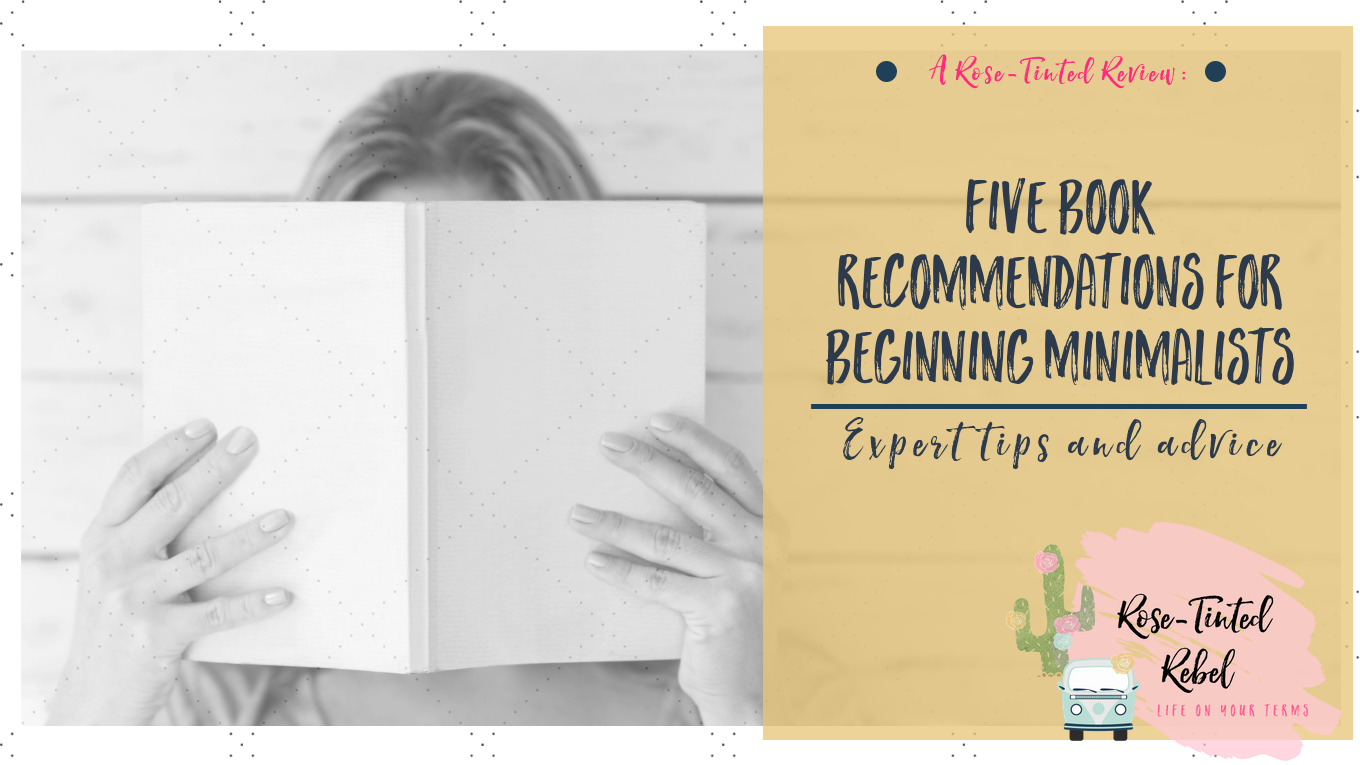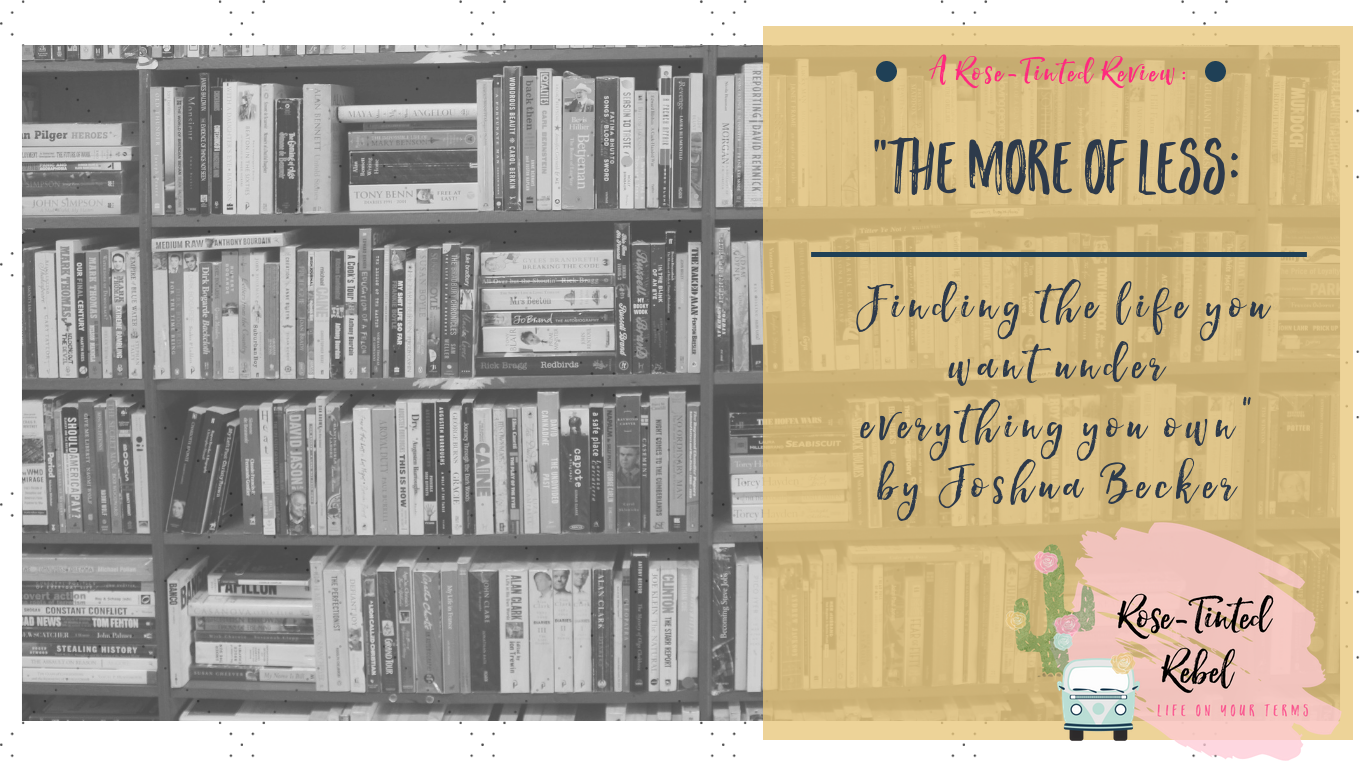If you’ve been around the blog for a bit, then you know that I’m an enthusiastic reader (former English teacher here) and a long-struggling perfectionist. I’ve written several posts about this subject, and the struggle against perfectionism is still one I wrestle with almost daily. Thus, Emily Ley’s book, “Grace, Not Perfection: Embracing Simplicity, Celebrating Joy” was a perfect fit for me.
Ley is the founder of the Simplified Company, which creates simplified planners that contain ample white space for what she calls the “margins of life”. Being a designer of both paper and digital goods, naturally her book is gorgeous. Well organized and so pretty to look at, the book is not only a wealth of life lessons in accepting yourself and your life, it deserves a prominent place on your shelf or coffee table.
Besides loving the book itself, it turned out to be a surprise tie in to my current minimalism projects. For some reason, I wasn’t necessary expecting this, although, yes, I’m aware that simplicity is in the title, but I also know that “simple” means very different things to different people. For her version of simplifying, Ley categorizes all the “things” we have into three different types: things we need, things we want to keep, and things that take up space.
She recommends taking a closer look at the things we need to really decide how many cups, shoes, and bottles of laundry detergent we need to keep and how many we are just hoarding. This concept reminded me of Jeff Shinabarger’s enough exercise in “The More of Less”, another book I read recently as I dove into minimalism. How many items do we have that we think we need that are actually in one of the other two categories?
She also encourages people to look at the “things they want to keep” category and really make an effort to display these items. Why keep a family heirloom or treasured possession if it is hidden away? Even if it doesn’t perfectly match your design aesthetic, she posits that if it brings you joy it should be in a prominent place in your home. This is yet another recurring theme in the world of minimalism. The ultimate goal (or at least one of them) should be function, not Pinterest-worthy perfection. Your home should make you feel alive and like you are able to be your best self.
If you aren’t interested in divesting much of your material possessions, than have no fear, this book still has content for you. As a planner-maker, Ley has organization down, and she has tips to share here as well. She recommends clearing clutter from your schedule and saying no more often. She also has some fantastic chapters on both marriage and mothering. I find that a lot of authors spend so much time writing about their children that they tend to overlook their spouse, but Ley has a chapter on “investing in your person”. This was possibly my favorite section of the book.
Another common idea in minimalism or living simply is to end the need to “multi-task”. I honestly can’t believe people still try to multitask. I think it’s one of the single best ways to accomplish absolutely nothing, or at the very least, to do a bunch of things very poorly. Ley reminds us that:
“It’s just in our nature to keep going and going. We’re always pushing forward, always getting better, always striving to button up one more part of our lives. But when we set our eyes on reaching places where we have it all together, we might miss the delights of the little messes right in front of our eyes. “
Look around and enjoy the little messes around you. Love the season you’re in. What great reminders as we dive into a new year!
Have any book recommendations for me? My goal for 2019 is to read 52 books, so if you’ve got recs, I’d love to hear them!
Happy reading, friends!





